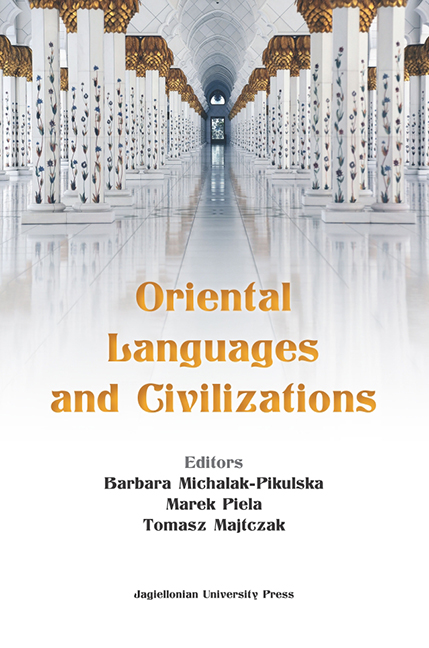Where will The Address lead us this time? On thehermeneutical labyrinths Sohrāb Sepehri’s poemtempts us to enter
Published online by Cambridge University Press: 06 November 2021
Summary
To my Professor, AnnaKrasnowolska
Abstract
The ambiguous poem TheAddress (Nešāni) by the modern Persian mysticalpoet Sohrāb Sepehri (1928–1980) is open to multiplereadings, both formalist and those mediated in othertexts, particularly in Abrahamic and Far Easterntraditions. Hence, it may be a trap to otherwiseproficient interpreters, well-versed in Persianclassical literature and convinced that they possessthe exclusive passkey to its semantic disclosure.Before presenting her own attempt at following thepoem's telos, theauthor of the present article will first introduceSepehri's ‘unorthodox’ mysticism and then comment onsome of its previous interpretations.
Keywords: Sohrāb Sepehri, modern Persian poetry,mysticism, interpretation
The above quoted short lyric by Sohrāb Sepehri is oneof his most extensively interpreted poems. Thehermeneutic potential of TheAddress (Nešāni), which undoubtedly stems fromits symbolic character, is additionally enhanced bythe fact that its author is considered to be aPersian ‘neo-Sufic’ poet (Farzan, 1973) and the poemitself can be read as one of his spiritualmanifestos.
Before entering its hermeneutical labyrinth, I wouldlike to give a brief introduction to the author andoutline the main features of both his mysticism andpoetical articulation. Secondly, I would like torefer in general to some previous interpretations ofThe Address.
Sohrāb Sepehri and his mysticism
Sohrāb Sepehri (1928–1980) is one of the most renownedPersian modern poets and painters. Born andbrought-up in Kāšān, a town-oasis situated on theoutskirts of the desert in central Iran, Sepehrimoved to Tehrān to pursue his artistic career and in1953 graduated with distinction from TehrānUniversity's Faculty of Fine Arts. Making his livingas a painter, he published eight volumes of verse(1951–1979) written in a modernised style, termed‘new poetry’ (še’r-enou) and characterised by a personal, oreven confessional tone. Among his most famous poeticachievements one should mention the long, looselyautobiographical poem Sedā-yepā-ye āb (“Water's Footsteps,” 1965), thelong poem Mosāfer(“Traveller,” 1966), presenting the broad mythical,religious and epic roots of his spirituality, and acollection of poems, Hajm-esabz (“The expanse of green,” 1968),including the poem Nešāni (“The Address”).
- Type
- Chapter
- Information
- Oriental Languages and Civilizations , pp. 79 - 90Publisher: Jagiellonian University PressPrint publication year: 2022



